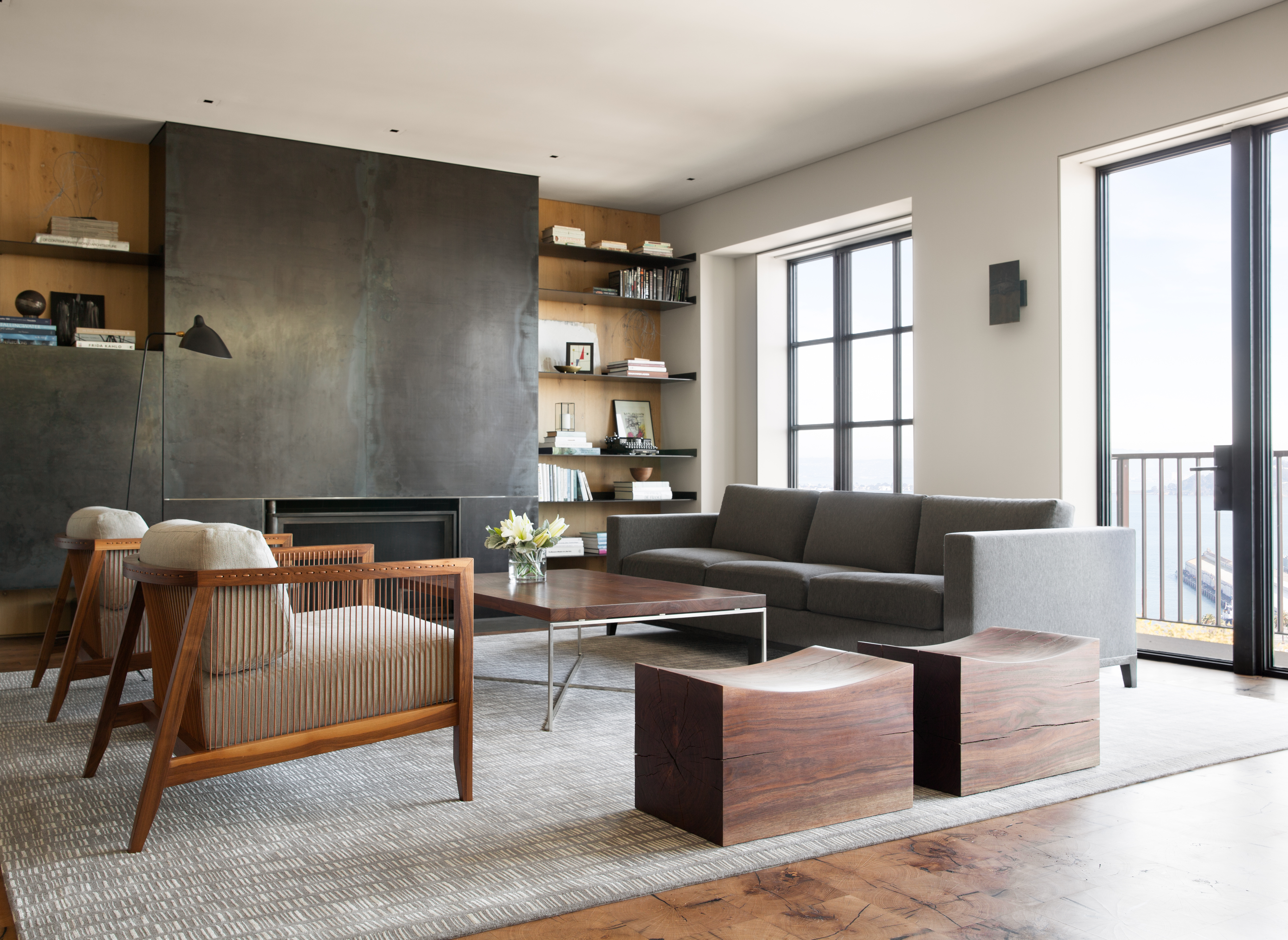
Before you even begin decluttering, you first need to navigate the minefield of information (and misinformation) that surrounds the realm of home organization. There are a myriad of tricks, tips, and rules out there that all claim to make your job easier, but the fact is, a great deal of them don't actually work.
From decluttering your whole home in under an hour to permanently altering your inherent mindset toward clutter, there's a whole host of bogus methods that supposedly help you change your ways and sort through your stuff. In reality, however, they're usually more of a hindrance than a help.
We all have unique circumstances and relationships with our belongings, meaning decluttering advice isn't a case of 'one-size-fits-all'. That said, there are some commonly quoted tips and tricks that most experts agree are downright unfeasible. To weed out which ones we should steer clear of, we asked some professionals which advice they urge you to avoid if you actually want to let go of your stuff for good.
1. Starting with the most overwhelming space first
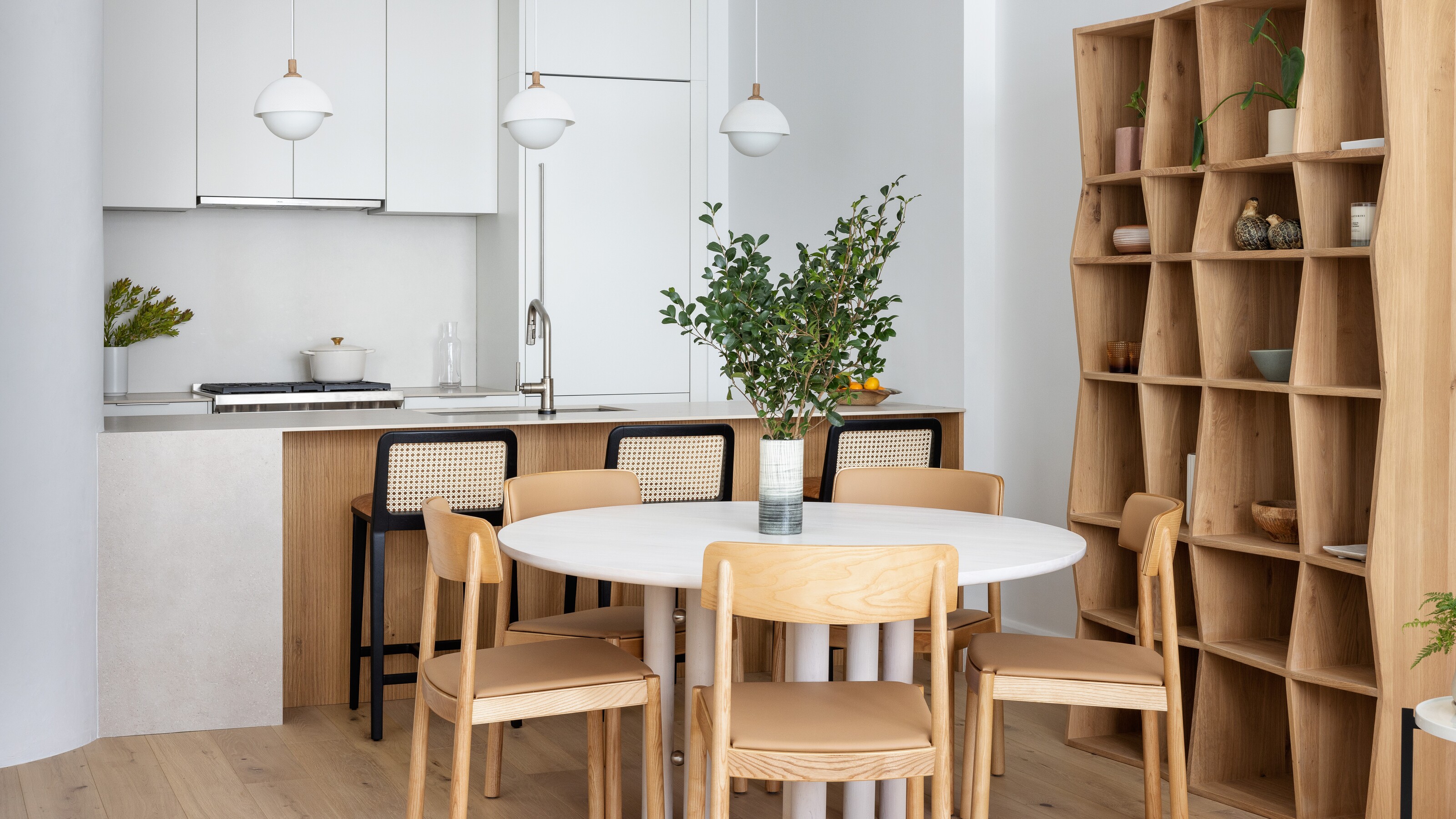
How many times have you been told to start with the most difficult task first? This piece of advice has pretty much been ingrained in us since childhood and it's simple enough to understand the logic: start with the hardest thing and everything that follows will feel easy. In reality, though, when it comes to how to declutter a room, starting with a challenge can just end up putting us off completely.
'Many decluttering experts recommend tackling the most daunting area first to build momentum,' explains Aaron Traub, decluttering expert at My Professional Organizer, Dallas. 'However, this can end up backfiring as it can be discouraging if progress is slow or the task feels insurmountable.'
Instead, he recommends starting with smaller, more manageable spaces to build confidence and create a sense of accomplishment. 'As you gain momentum and experience, gradually move on to larger or more challenging areas,' he advises. 'This will help maintain motivation and promote a sustainable decluttering process.'
Home organizer Kayleen Kelly agrees. 'Start with the categories you care less about,' she says. 'It's what I call the "fluff": the stuff you really don't care about that's taking up a lot of space. Choose your top three favorite (and hardest) categories leaving those and anything sentimental for last. This will help you slowly build your decisions making skills before you get to the most challenging items.'
2. The Kon-Mari method
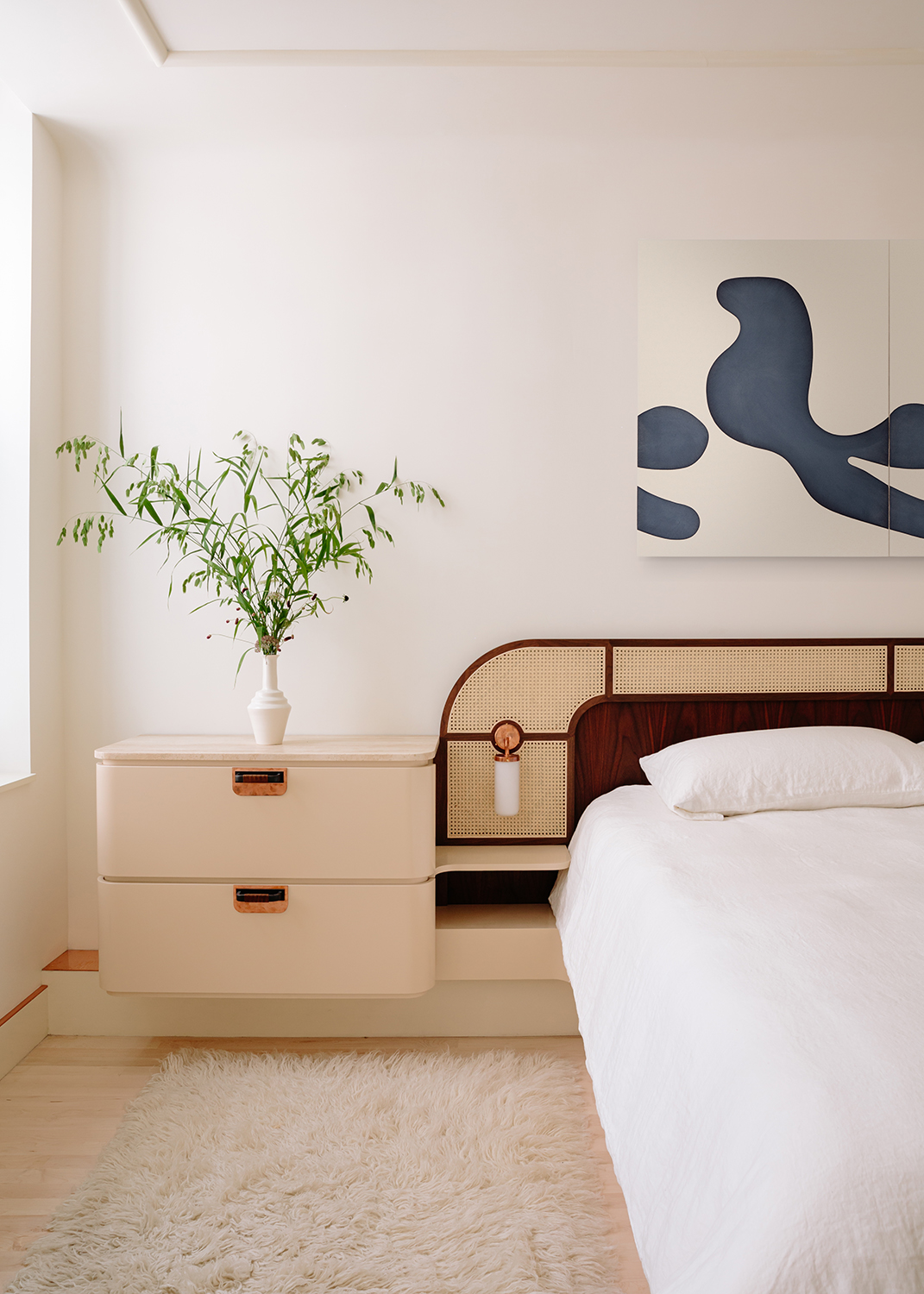
The KonMari method has been praised by many a professional for offering a solution to where to start decluttering. Developed by Japanese organizing consultant Marie Kondo, the method encourages you to organize by category as opposed to location to help make your decision process easier. The idea is to only keep the things that spark joy, but it doesn't necessarily work for everyone.
'While this approach can be helpful to some people, for others it should be viewed as more aspirational,' explains Ben Soreff, co-founder of House to Home Organizing. 'Simply throwing things out doesn't offer an answer to organization; instead, we want to focus on what we're keeping and the best place for it to live in our space.'
He adds: 'Since the challenge of organizing and decluttering often comes down to time rather than stuff, the KonMari method can also be challenging for those who work long hours and have kids at home.'
If you're easily distracted, this slower method of decluttering might also prove tricky. To help you stay on course, you might want to try the ski-slope method where you work your way across a room like you would traverse a mountain while skiing, rather than focusing on the entire space or a single category at once.
3. The one-in, one-out rule
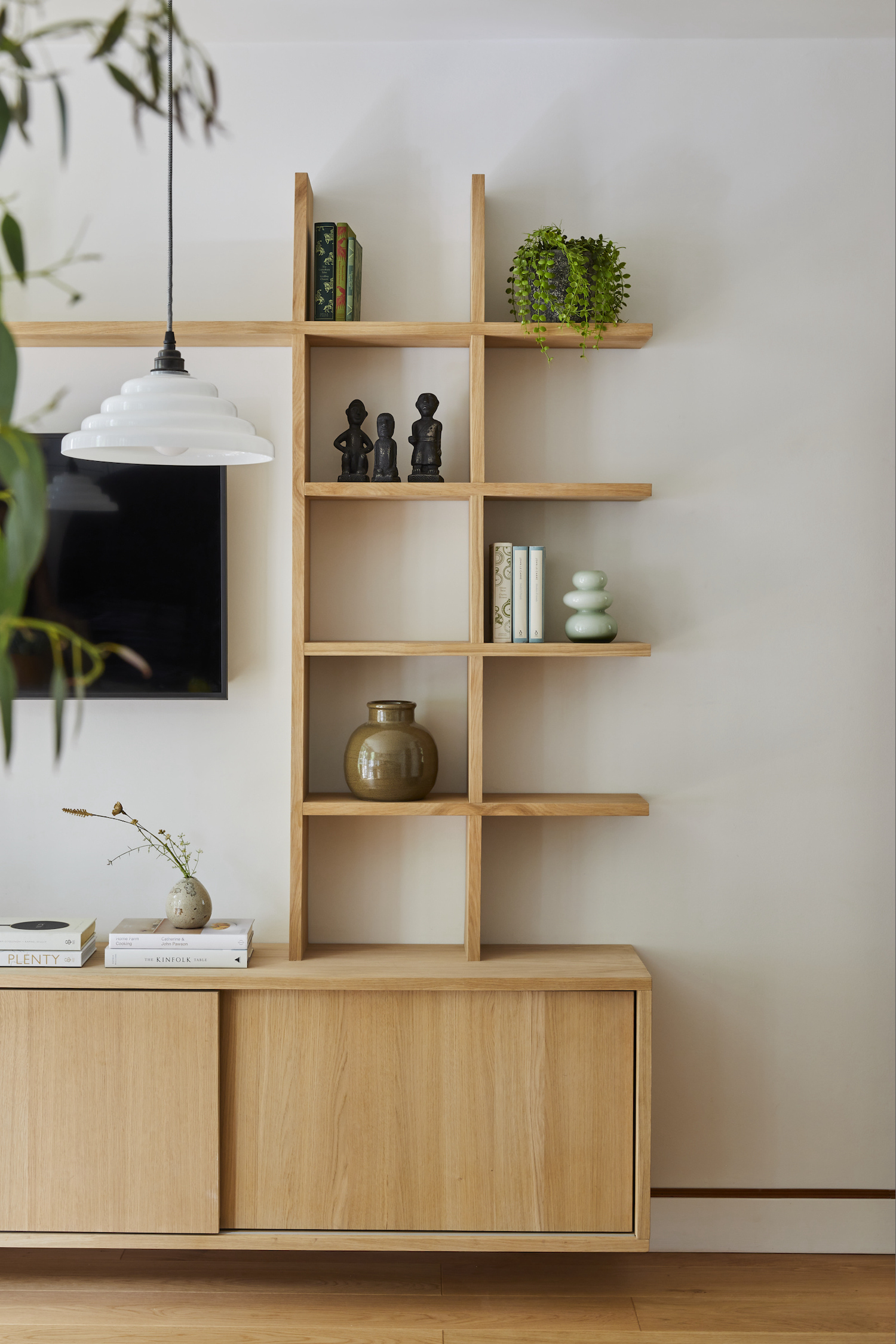
The one-in, one-out rule is one of those decluttering tips that seem excellent in theory, but just aren't realistic in our modern society. Forcing yourself to part with something, or feeling guilty that you can't, isn't conducive to a healthy decluttering strategy.
There's also the permissibility it gives to collecting more stuff you don't need. 'The one-in, one-out rule instructs that to bring something new into your space you have to remove something else, helping to keep the stays quo,' says Julie Peak of The Precise Place. 'I used to suggest this rule to clients but have since rethought this suggestion. Once you've completed the task of decluttering you should guard your newly decluttered space at all costs, this means stopping the flow of incoming clutter altogether.'
If you want to kick the habit of buying things you don't need, it's best to steer clear of this rule. 'Limiting your items is a good first line of defense but examining your reasoning or intentions for wanting an item will help you fight ongoing consumerism,' adds Julie.
4. Decluttering the whole home in one go
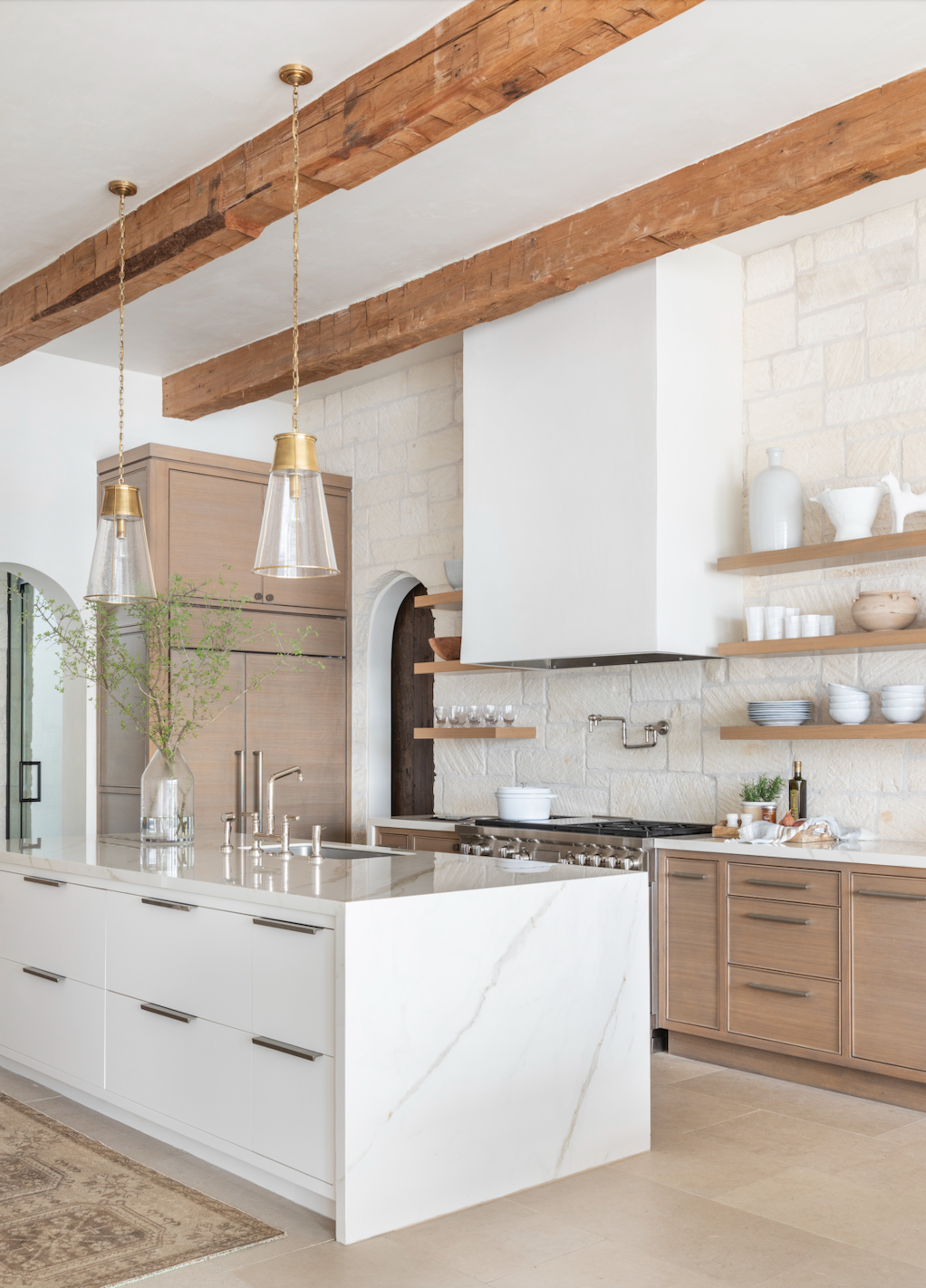
Humans are not machines. What's more, decluttering is a marathon, not a sprint. No one can reasonably expect another person to declutter their entire home in a single session, be that an hour, a day, or a weekend. The process will be far more effective if done in installments, with time to make considered decisions.
'The biggest struggle people have when it comes to decluttering is saying, “I’m going to organize the garage today!” It’s a great goal, but not realistic,' says professional declutterer Felice Cohen, author of 90 Lessons for Living Large in 90 Square Feet, available at Amazon. 'It often takes longer than one day as you can get bogged down in the minutia and quickly peter out. There are many decisions to be made and that can be overwhelming, not to mention exhausting.'
The bottom line is, decluttering takes stamina. To avoid burning out before you even have a chance to finish the task, break the job into manageable tasks, focusing on one room or area at a time. 'Set realistic goals and create a schedule that allows for progress without overwhelming yourself,' says Aaron. 'This will ensure a more complete and enjoyable decluttering experience.'
5. Designating a place for clutter to go in the 'interim'
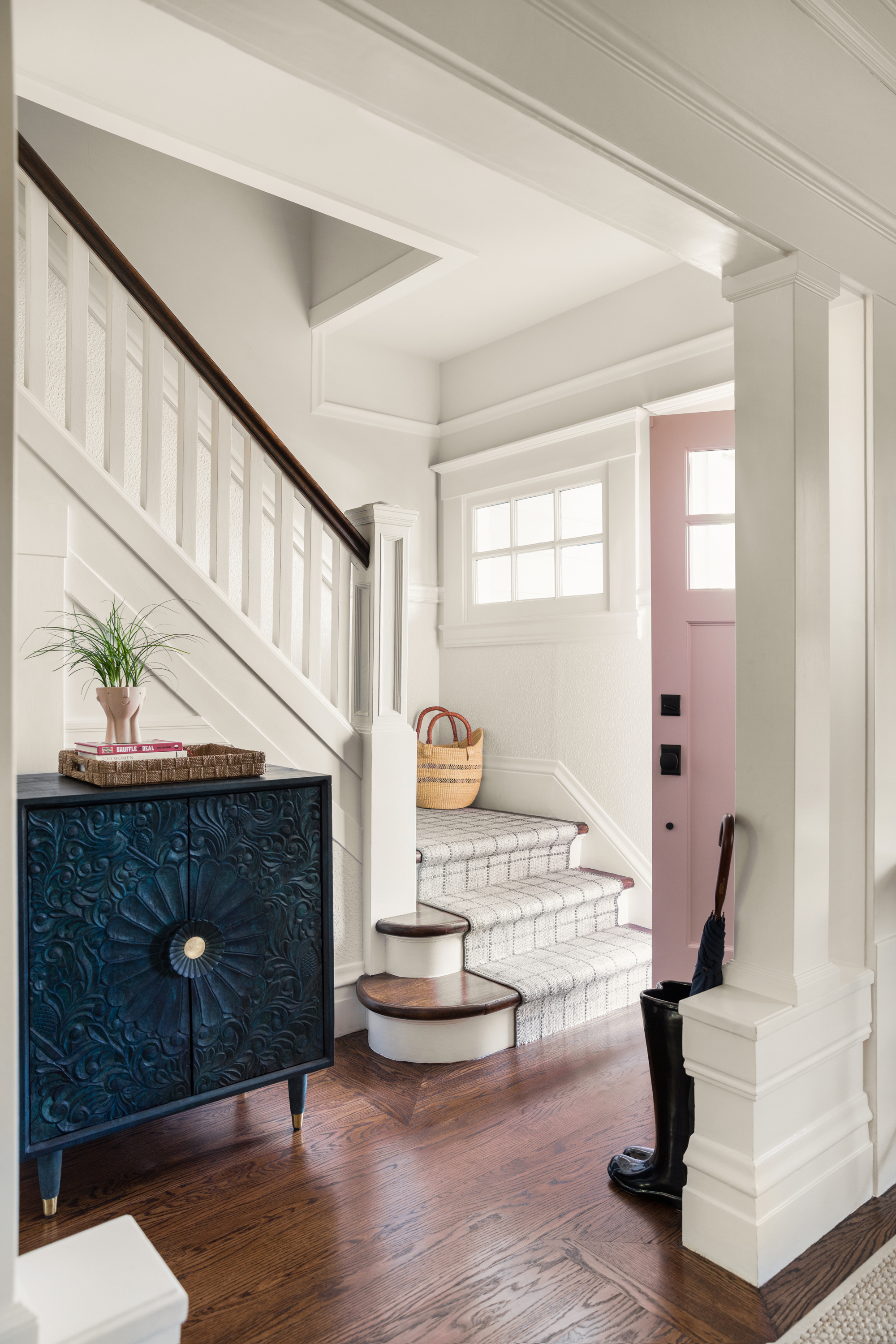
Another pitfall many of us are guilty of is pausing halfway through a clear-out, leaving boxes of clutter somewhere else in the home in the interim. The issue is, that 'interim' can easily become an eternity. You should make sure to get rid of your clutter as soon as you've boxed it up, rather than finding a place for it to live.
'Clutter shouldn’t go anywhere!' exclaims Di Ter Avest expert declutterer at Di is Organized. 'When a new item comes into your home, it's important to quickly map your mental notes of where similar items are stored and add the latest addition to the bin, box, shelf, or drawer. Creating a designated space or a closet to keep clutter will delay your decision, and you might fall into that trap more often than you'd like. Just take an extra two minutes and find it home once and for all.'
To help achieve this, Di suggests following the one-touch rule. The idea is that you should always put things away or complete a task before you start a new one to prevent yourself from becoming sidetracked and allowing clutter to pile up. If donating or disposing of your clutter immediately isn't possible, keep the boxes in the back of your car so that they're at least out of the house.
6. Relying solely on storage solutions
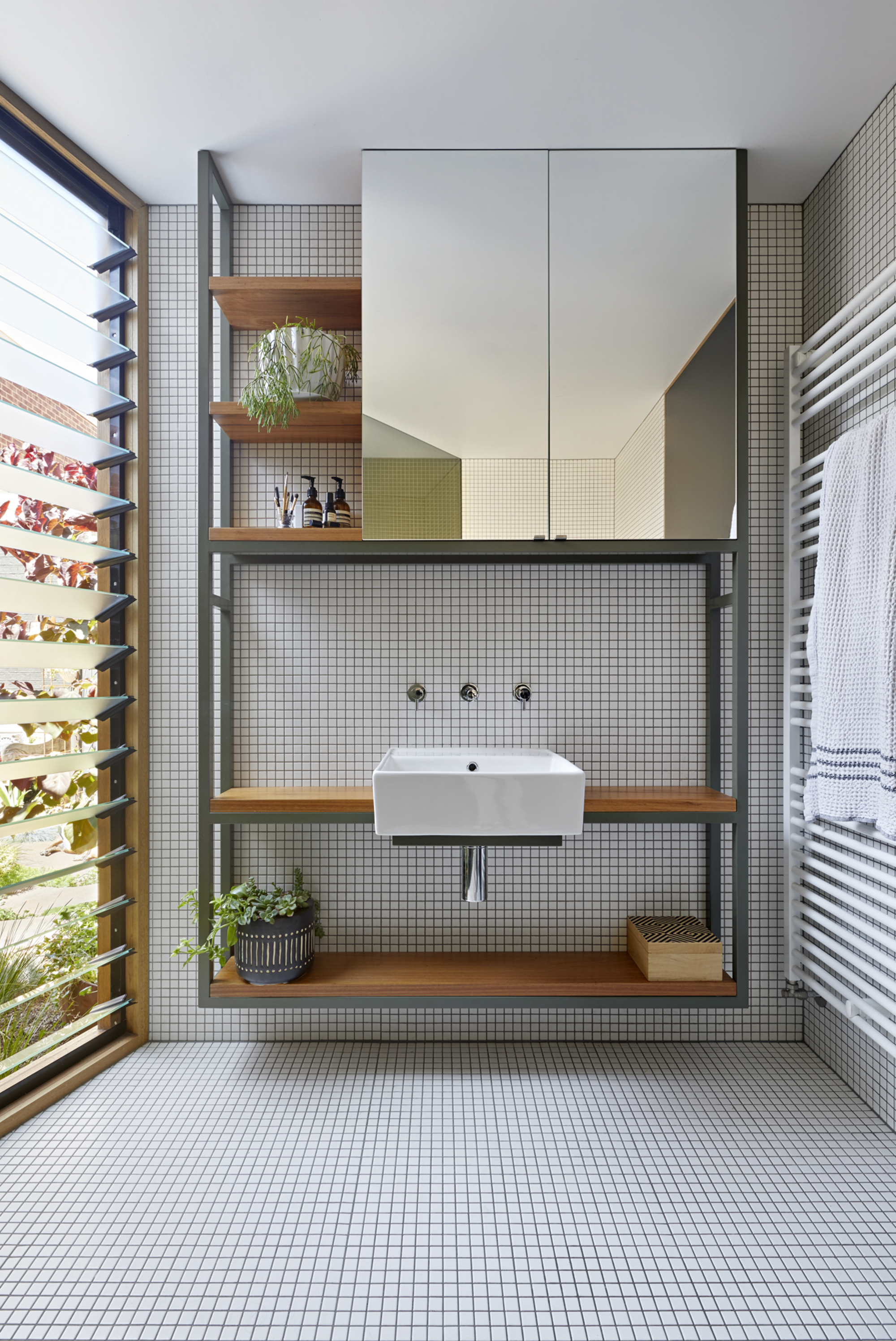
We hate to break it to you, but storage solutions - no matter how clever - aren't the answer to everything. Even the best organizers don't simply make your clutter disappear, they just give you a sneaky place to store more stuff effectively.
As Aaron explains: 'While storage solutions can be helpful, they're not the ultimate answer to decluttering. Over-reliance on storage can mask the problem of excess belongings rather than address the root cause.' Alternatively, he recommends reducing the volume of items first, then finding suitable storage afterward. 'This balanced approach ensures a more effective and lasting decluttering outcome,' he says.
It's a stumbling block that Di has noticed with her clients, too. 'Seeing how many people believe a basket is a magic solution for their clutter is interesting,' she says. 'Clutter will always be clutter no matter where it is.'
Rather than focussing on tidying up the aesthetic of your home, decluttering should be about learning to live a fuller life with less. That's not to say that some of these decluttering tricks and tricks won't work at all (I've tried and tested many myself, with positive outcomes!), but you can't depend on a single one alone.
For effective decluttering, you first have to be realistic with yourself and then assess how well a method will work for your needs - the results will soon follow.
3 of the best decluttering books to help you change your mindset
If a decluttered home seems like a distant reality, this book by Dana White will help you get the job done. The decluttering expert identifies the emotional challenges that make it difficult to part with stuff we own, and provides workable solutions, like the six month rule, to break through and see noticeable results.
Probably the biggest thing holding you back from decluttering is your sentimental attachment. With empathy, expertise, and humor, Keep the Memories, Lose the Stuff, by Matt Paxton helps you to let go of what all the stuff that no longer serves you, helping you to live in the present moment
If you really want to kick the clutter for good, this book might be for you. Written by the Queen of organization, Marie Kondo, this book lays out the core principles of The KonMari Method, the revolutionary category-by-category system that promises effective decluttering results (although it's not recommended for everyone!).







